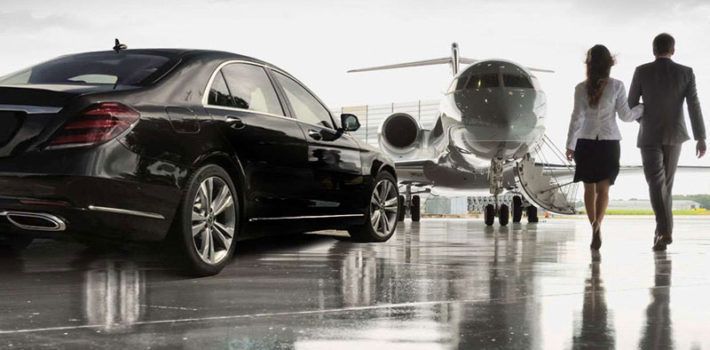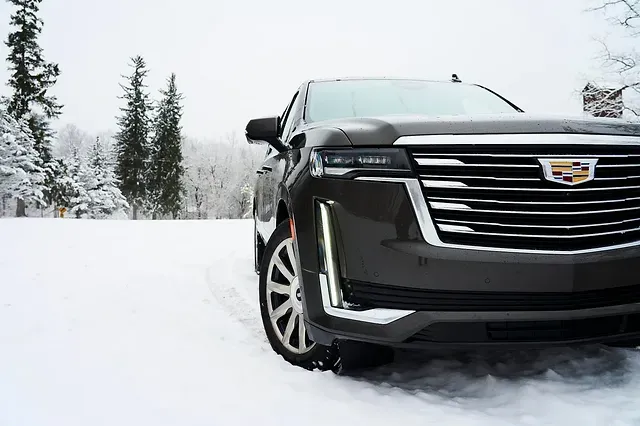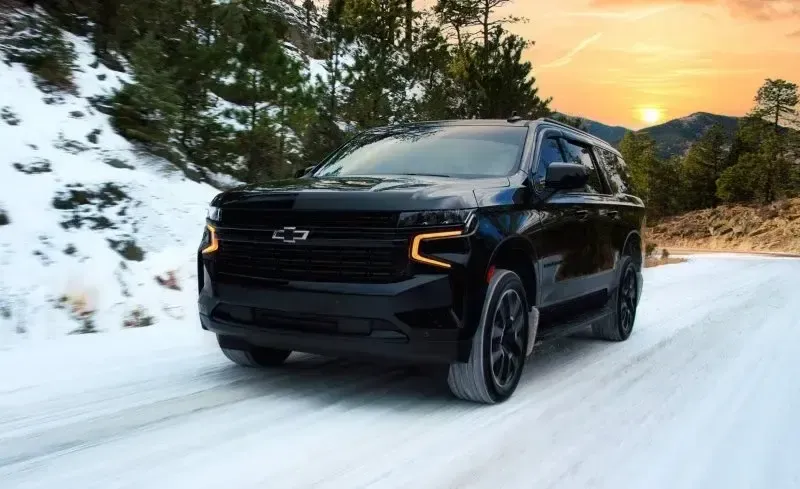Luxury on Wheels
The Ultimate Limo Service Experience

In this blog post titled "Luxury on Wheels: The Ultimate Limo Service Experience," we delve into the world of elite transportation and explore the unparalleled luxury offered by professional limousine services. From stylish appearances to impeccable customer service, we take readers on a journey through the lavish experience of riding in a limo. The post highlights the various features and amenities that set these luxury cars apart from regular transportation options. It delves into the opulent interiors, complete with plush leather seats, state-of-the-art entertainment systems, and fully stocked bars, ensuring passengers can relax and indulge in the lap of luxury.
Furthermore, the article emphasizes the professionalism and expertise of the chauffeurs, who are not only skilled drivers but also knowledgeable guides, providing insider tips and suggestions to enhance the overall experience. Their attention to detail and commitment to customer satisfaction ensure a seamless and extraordinary journey for every passenger.
Additionally, the blog post explores the wide range of occasions for which a limo service is the perfect choice, from weddings and prom nights to corporate events and special celebrations. Whether it's making a grand entrance on your wedding day or impressing clients during a business trip, a limo service adds a touch of elegance and sophistication to any event.
Benefits of Hiring a Limo Service
When it comes to luxury transportation, a limo service offers numerous benefits that make it the preferred choice for many individuals and businesses.
Convenience and Comfort
One of the primary advantages of hiring a limo service is the convenience and comfort it provides. Forget about navigating through traffic or searching for parking spots; a chauffeur-driven limo ensures a stress-free and relaxing journey. Sit back, enjoy the spacious interiors, and let the professional driver handle all the logistics.
Professional Chauffeurs
Another key benefit is the presence of professional chauffeurs. These drivers are not only well-trained in handling luxury vehicles, but they also possess excellent customer service skills. They are courteous, punctual, and well-versed in the best routes to get you to your destination efficiently. Need recommendations for local attractions or restaurants? Your chauffeur will be happy to assist you.
Impressive Image
Arriving in a limousine instantly elevates your image and makes a lasting impression. Whether it's for a business meeting or a special occasion, a luxury car creates an aura of class and sophistication. You'll turn heads and command attention wherever you go.
Types of Limos Available
Limousine services offer a wide range of vehicles to cater to different preferences and group sizes. Here are some of the popular choices:
Stretch Limos
Stretch limousines are the epitome of luxury and style. These sleek and elongated vehicles exude elegance and provide ample space for larger groups. With amenities like a wet bar, mood lighting, and entertainment systems, you can enjoy a party on wheels.
SUV Limos
SUV limos combine the spaciousness of an SUV with the sophistication of a limousine. These vehicles offer enhanced comfort and versatility, making them perfect for corporate travel or airport transfers. With ergonomic seating and extra legroom, passengers can relax and unwind during their journey.
Party Buses
For larger groups looking to celebrate together, party buses are an excellent option. These vehicles come equipped with dance floors, disco lights, and high-quality sound systems, ensuring a fun-filled experience. Party buses are ideal for bachelor/bachelorette parties, birthdays, or any occasion that calls for a memorable celebration.
Special Occasions to Consider a Limo Service
A limo service adds a touch of elegance and sophistication to any special occasion. Here are a few events where hiring a limo can make all the difference:
Weddings
Your wedding day is a once-in-a-lifetime event, and arriving in a luxurious limousine adds that extra touch of magic. Whether it's transporting the bridal party or whisking the newlyweds away to their honeymoon, a limo service ensures a grand entrance and a memorable exit.
Prom Nights
Prom night is a milestone in every student's life, and arriving in a stylish limo makes the event even more memorable. Gather your friends, enjoy the luxurious amenities on board, and make a grand entrance that will leave everyone in awe.
Corporate Events
Impress clients and business partners by arranging a limo service for corporate events. Whether it's airport transfers, meetings, or conferences, a chauffeur-driven limousine showcases professionalism and creates a favorable impression.
Tips for Choosing the Right Limo Service
With numerous limo service providers available, it's essential to select the right one for your needs. Here are some tips to help you make an informed decision:
Research and Reviews
Before booking a limo service, conduct thorough research and read customer reviews. Look for companies with a track record of providing excellent service and customer satisfaction.
Check for Licenses and Insurance
Ensure that the limo service company holds all the necessary licenses and insurance to operate legally. This step guarantees your safety and protects you from any potential liabilities.
Inspect the Fleet
Visit the limo service provider or check their website to view the fleet of vehicles they offer. Make sure the vehicles are well-maintained, clean, and equipped with the amenities you desire.
Ask about Packages and Pricing
Inquire about the pricing structure and available packages. Ask if there are any additional costs or hidden fees that you should be aware of. Compare the prices of different providers to ensure you're getting the best value for your money.
What to Expect During a Limo Service Experience
When you book a limo service, here's what you can expect during your experience:
Arrival and Departure Protocols
A professional chauffeur will arrive at the designated time and location to pick you up. They will handle your luggage and ensure a smooth departure, taking the most efficient routes to your destination.
Chauffeur Etiquette
Your chauffeur will be dressed in a formal attire and provide a high level of professionalism. They will open doors, offer assistance, and address any specific requests or requirements you may have.
Amenities and Services
Enjoy the luxurious amenities provided in the limousine, such as plush leather seats, climate control, entertainment systems, and complimentary refreshments. Your chauffeur will ensure your comfort throughout the journey.
Troubleshooting and Customer Support
If you encounter any issues during your limo service experience, the company should have a dedicated customer support team available to assist you. They will address any concerns promptly and ensure your satisfaction.
Conclusion
Choosing a limo service for your transportation needs guarantees a luxury experience like no other. From the opulent interiors to the professionalism of the chauffeurs, every aspect of the journey exudes elegance and sophistication. Whether it's a wedding, prom night, or a corporate event, a limo service adds a touch of class and ensures a memorable experience. So why settle for ordinary transportation when you can indulge in luxury on wheels? Book a limo service and elevate your travel experience to new heights.














